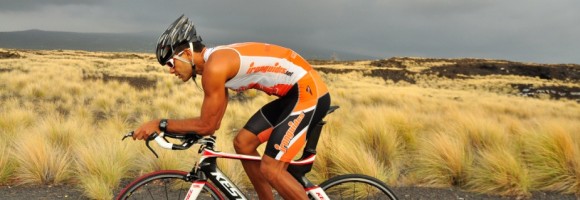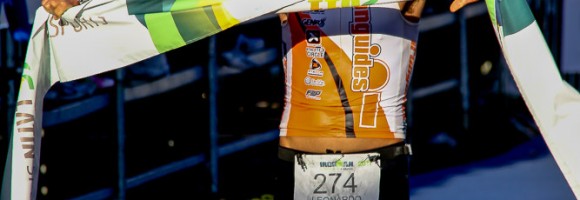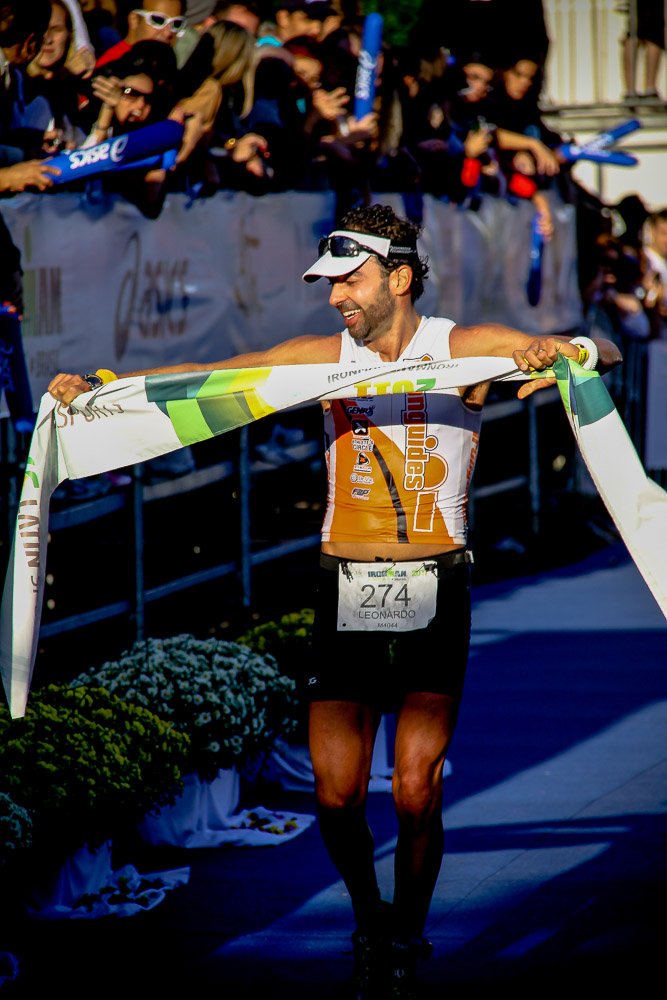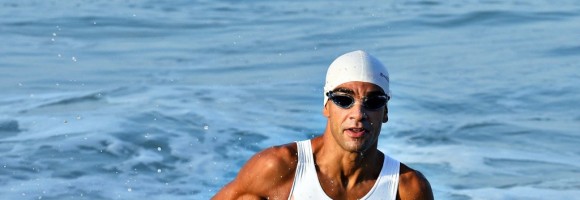When muscles and connective tissue are first injured, there are a few physiological processes that begin to happen. First, the area may bleed a small amount, depending on the severity of the injury. The bleeding and damage to the tissue set off a cascade of chemical reactions, with the end result of edema or swelling. As the area swells, the blood and oxygen supply to the surrounding tissues becomes compromised. At this point, the cells in the immediate vicinity (although not injured in the original accident) become vulnerable to a process called secondary hypoxic injury, whereby they begin to die from a lack of oxygen due to the compromised blood supply.
Of course, the body has its own mechanisms for dealing with these processes, but applying an ice pack to the injured area is one of the best ways to help your body deal with an acute injury. By cooling damaged tissue, ice causes several reactions that help to speed healing. The rapid decrease in temperature causes the local blood vessels to constrict, and this decreases swelling. Less swelling means less pressure, and that equates to a decrease in pain sensation. The sensation of cold also helps to override the sensation of pain, and gives relief.
As the temperature of the tissues drops, so too does the metabolic rate of the cells that make up that tissue, with the result being that the cells require less of the already limited blood and oxygen supply they are receiving to stay alive. This limits the amount of tissue damage due to secondary hypoxic injury, and creates a healing-friendly environment as soon as possible.
A variety of methods exist for icing an injury, but whether it’s crushed ice, shaved ice, a commercial gel pack or (Mom’s old stand-by) a bag of frozen peas, the most crucial element is that the area gets put on ice soon after the injury occurs. If ice is going to make a difference with respect to recovery time, it needs to be applied within the first 48-72 hours after the injury takes place. To do this, lay a tea towel, t-shirt, or sock (depending on the area) over the injury site, and then apply the ice. Using a wrap to secure the ice in place is helpful for applying compression to the area, but be sure the wrap is loose to avoid stopping blood flow altogether. Elevating the area is also helpful for limiting swelling. Leave the ice on for 15-20 minutes, and then allow the tissues to warm up to normal temperature over the next hour, making a total treatment time about
Placing a barrier (such as the tea towel mentioned above) between the ice pack and the skin helps to decrease the chances of frost nip or frost bite. It is a good idea not to use a wrap with a commercial gel/ice pack, as the gel is capable of becoming much colder than ice, and frostbite could be an issue. Limiting the “ice time” to 15 minutes is the best way to prevent the area from becoming too cold.
For those who want an alternative to the traditional ice pack, an ice bath is always an option. This depends, of course, on the body part needing to be cooled! With walkers, it’s usually a lower leg, ankle, or foot, and in this case start by filling a bucket with cold water, then add in the ice. Next, take a deep breath and plunge the foot into the cold water. Using this method, ten minutes should suffice to bring the foot temperature down. If you finish your walk near a river or lake that you’re comfortable putting your tootsies in, then roll up your pants and head into the water barefoot for up to 10 minutes. This is usually very refreshing even if you’re not dealing with an injury at the time.
If finding time to ice an injury is a problem, plan ahead and have the ice and other supplies waiting in the car at the end of a workout. Stretch out for 10 minutes, and then apply the ice for the drive home. That way arriving home means the workout is finished, and the injury has also been addressed.
An easy way to remember all the details of icing is to keep the word RICE in mind. It acts as an acronym for Rest, Ice (for 15-20 minutes, followed by a full hour of no ice), Compress (with a wrap) and Elevate (above the heart). These are the four key components to remember for the next time your body needs a hand with healing an injury.
ironguides is the leading Lifestyle Facilitation company for athletes of all abilities. We provide coaching and training services, plans and programs, as well training education, health and fitness products to help you learn and live a healthy lifestyle. Come get fit with one of our monthly training subscriptions, event-specific training plans, coaching services, or a triathlon training camp in an exotic location! ironguides also provides Corporate Health services including Corporate Triathlons, Healthy Living retreats and speaking engagements. At ironguides, your best is our business!
–
Train with ironguides!
Personalized Online Coaching: Starting at USD190/month
Monthly Training plans (for all levels, or focused on one discipline): Only USD39/months
Event based training plans:
Sprint Distance (USD45 for 8-week plan)
Olympic Distance (USD65 for 12 week plan)
Half Ironman (R$95 for 16-week plan)
Ironman (USD145 for 20-week plan)
X-Terra (USD65 for 12-week plan)
Running Plans (10k, 21k and 42k – starting at USD40)













Recent Comments